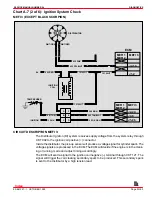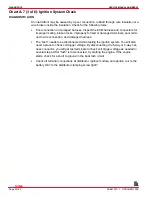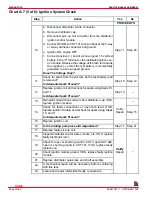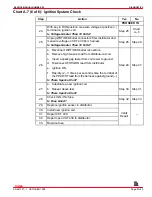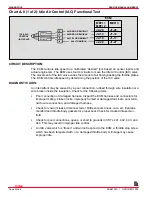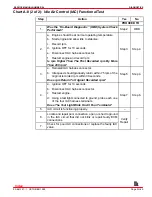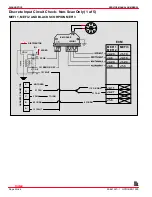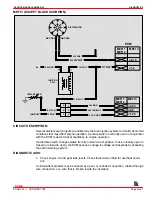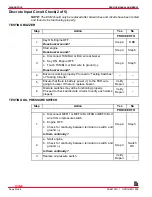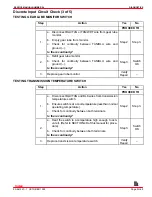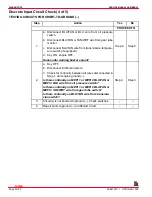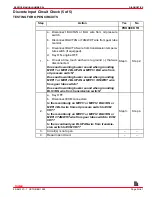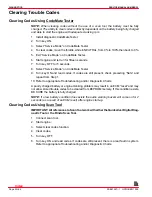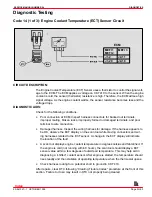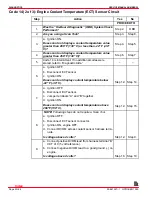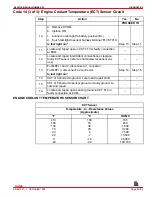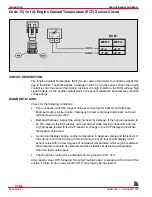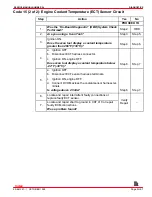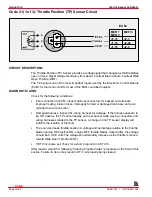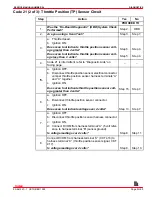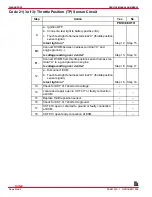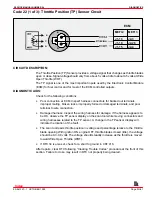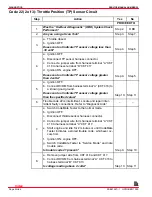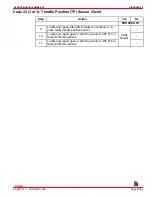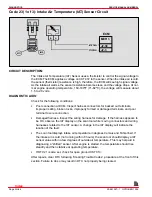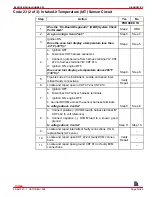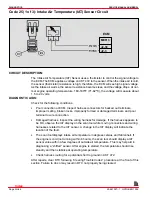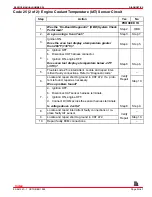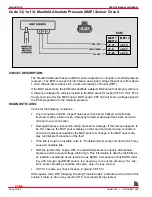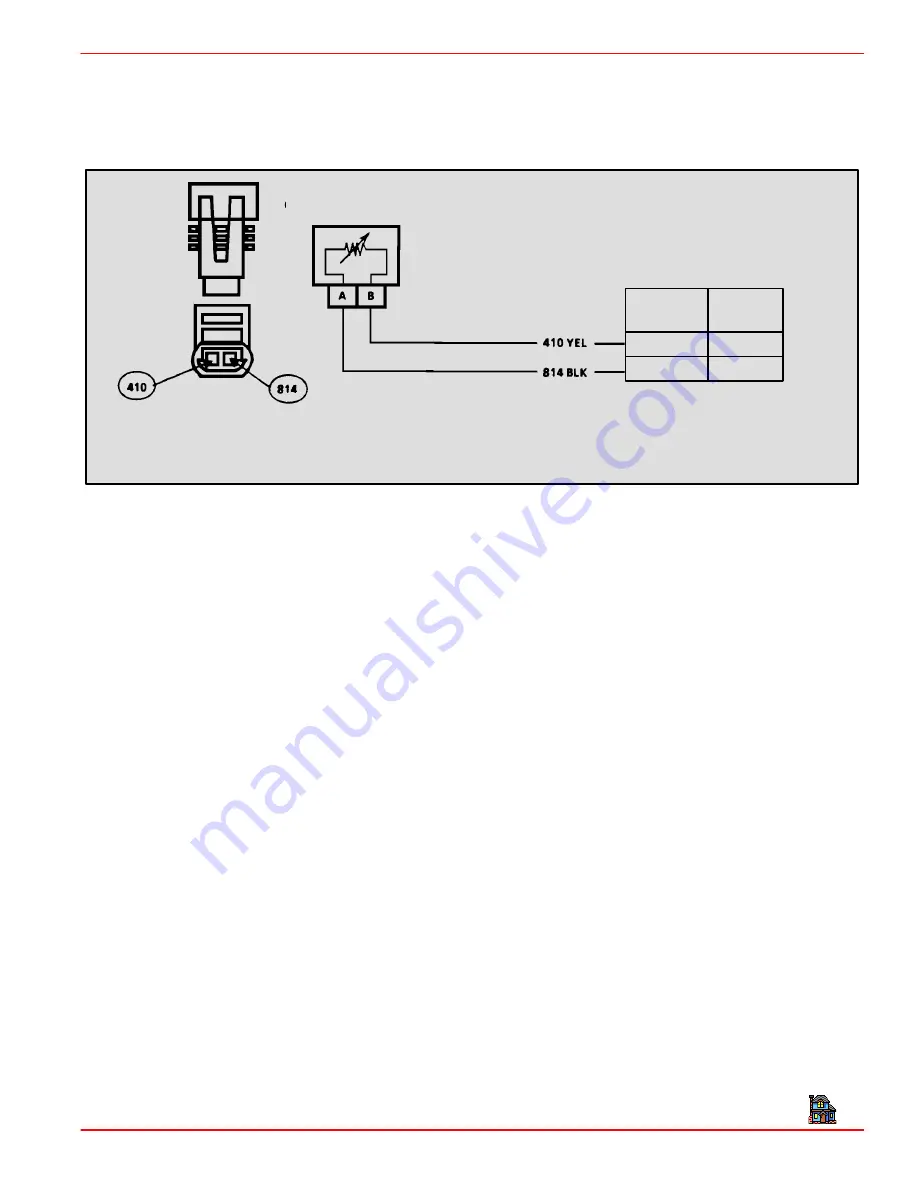
DIAGNOSTICS
SERVICE MANUAL NUMBER 24
90-861327--1 OCTOBER 1999
Page 5G-53
Diagnostic Testing
Code 14 (1 of 3): Engine Coolant Temperature (ECT) Sensor Circuit
ECM
MEFI 1
MEFI 2
J1-2
J1-29
MEFI 3
J2-11
J2-18
CIRCUIT DESCRIPTION:
The Engine Coolant Temperature (ECT) Sensor uses a thermistor to control the signal volt-
age to the ECM. The ECM applies a voltage on CKT 410 to the sensor. When the engine
coolant is cold, the sensor (thermistor) resistance is high. Therefore, the ECM will see high
signal voltage. As the engine coolant warms, the sensor resistance becomes less and the
voltage drops.
DIAGNOSTIC AIDS:
Check for the following conditions:
•
Poor connection at ECM. Inspect harness connectors for backed out terminals,
improper mating, broken locks, improperly formed or damaged terminals, and poor
terminal to wire connection.
•
Damaged harness. Inspect the wiring harness for damage. If the harness appears to
be OK, observe the ECT display on the scan tool while moving connectors and wir-
ing harnesses related to the ECT sensor. A change in the ECT display will indicate
the location of the fault.
•
A scan tool displays engine coolant temperature in degrees celsius and fahrenheit. If
the engine is cold (not running within 8 hours), the scan tool should display a ECT
sensor value within a few degrees of outside air temperature. This may help aid in
diagnosing a “shifted” coolant sensor. After engine is started, the temperature should
rise steadily and then stabilize at operating temperature when the thermostat opens.
•
Check harness routing for a potential short to ground in CKT 410.
After repairs, clear DTC following “Clearing Trouble Codes” procedure at the front of this
section. Failure to do so may result in DTC not properly being cleared.
Index

